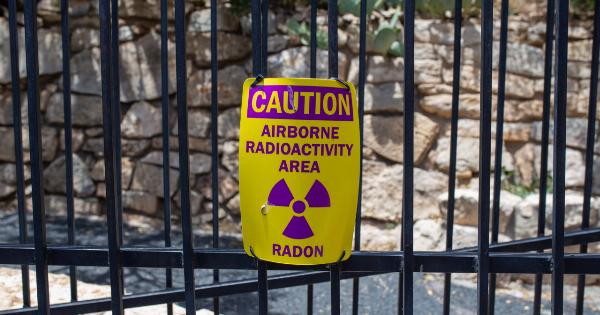Jaundice is a common condition affecting newborns, which causes yellowing of the skin and eyes due to the accumulation of bilirubin in the body.
Phototherapy is an effective treatment for neonatal jaundice and has played a crucial role in saving the lives of millions of infants worldwide. In this article, we will explore the mechanism of action of phototherapy, its benefits and side effects, and how it can be used to treat jaundiced newborns.
What is Phototherapy?
Phototherapy is a non-invasive treatment for jaundice that involves exposing the baby’s skin to special blue-green lights. The lights work by converting the bilirubin in the skin into a water-soluble form that can be excreted by the liver.
Phototherapy is a safe and effective treatment for mild to moderate cases of jaundice and is often the first-line therapy for newborns with this condition.
How does Phototherapy Work?
The blue-green light used in phototherapy has a wavelength of 450-490 nm, which is absorbed by the bilirubin in the skin.
When the bilirubin absorbs the light, it is transformed into a more water-soluble form that can be eliminated from the body through urine and stool. The light also reduces the production of new bilirubin, which helps prevent further damage to the baby’s body.
Benefits of Phototherapy
Phototherapy is a safe and effective treatment for neonatal jaundice and offers several benefits, including:.
- Reduced risk of kernicterus (a type of brain damage caused by severe jaundice)
- Improved liver function
- Faster recovery from jaundice
- Non-invasive and painless
- Safe for premature infants and babies with other medical conditions
Side Effects of Phototherapy
Like all medical treatments, phototherapy can have some side effects. The most common side effects of phototherapy include:.
- Skin rash
- Dehydration
- Loose stools
- Increased frequency of urination
In rare cases, phototherapy can cause more severe side effects, such as:.
- Refractoriness (when the bilirubin levels do not decrease despite phototherapy)
- Retinal damage
- Overheating
- Disruption of the baby’s sleep/wake cycle
- Decreased production of vitamin D
Types of Phototherapy
There are two main types of phototherapy used to treat jaundice in newborns:.
- Conventional phototherapy – In this type of phototherapy, the baby is placed under a special fluorescent lamp that emits blue-green light. The light source is usually located above and below the baby, and the baby is often naked or wearing a diaper to maximize skin exposure.
- Fiber optic blanket phototherapy – This type of phototherapy involves using a special blanket with fiber-optic threads that emit blue-green light. The blanket is placed directly on the baby’s skin, providing targeted and continuous light therapy.
How is Phototherapy Administered?
Phototherapy can be administered in several ways, depending on the severity of the baby’s jaundice and other medical conditions. Some common methods of administering phototherapy include:.
- Underneath a conventional phototherapy light – The baby is placed in a bassinet or incubator, wearing only a diaper, and is positioned directly under the phototherapy light. The lights are often turned on 24 hours a day, and the baby is allowed to breastfeed or receive formula as needed.
- Wearing fiber-optic blanket – The baby is wrapped in a special blanket that emits blue-green light, which provides targeted and continuous phototherapy. The baby’s skin is checked regularly to ensure that the phototherapy is working correctly.
- Phototherapy at home – Some babies may require phototherapy at home, and parents/caregivers can rent or purchase a portable phototherapy unit. This unit can be placed over the baby’s crib or bassinet and is designed for long-term use.
Conclusion
Phototherapy is a crucial treatment for neonatal jaundice and has saved the lives of countless infants worldwide.
It is a safe, effective, and non-invasive therapy that works by converting bilirubin into a more water-soluble form that can be more easily excreted by the body. Although there are some side effects associated with phototherapy, the benefits far outweigh the risks, and it remains one of the most important treatments for newborns with jaundice.































